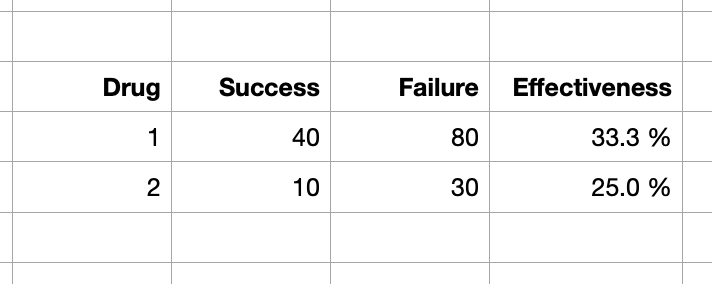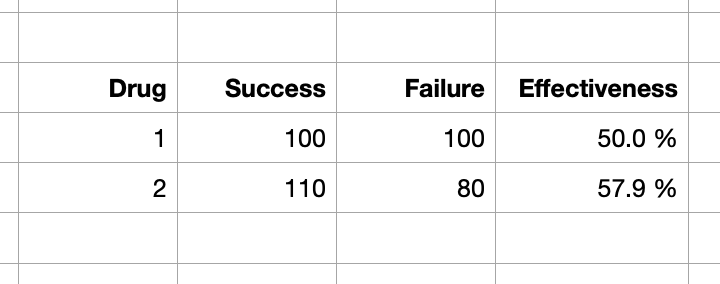Published here by Don at Tony’s request.
I am looking at the Andrew Marr programme this morning, on the BBC1, where a guest is the statistician who wrote the article in the Guardian newspaper which went viral amongst politicians, and was used by Boris the Bad to explain that you cannot compare levels of infections and death rates across different countries. His name is Sir David Spiegelhalter and he is on the Sage Committee, advising the U.K Government on Covid 19
Some of his learned observations are most illuminating, as follows:
- Estimated infection rate for UK min 3,500,000 … poor data and testing a problem.
- Death rate best indicator … but use stats for all deaths and compare with stats for same months across many years.
Using this basis he estimates U.K has about a further 27,000 unexplainable deaths so far.
He drew attention to the evidence across many countries that this illness is mainly a fatal illness for the over 75 age group … lockdown policy should perhaps now be focused on vulnerable groups .
Like many academics he feels his article was misrepresented. It is possible to compare mortality and infection rates across countries with caveats. On that basis we can compare the different policy responses.
Increasingly I am coming to the view that the Politicians handed over control on policy to medical and scientific advisors who had a very limited understanding of the enormous implications of their advice. Medical Advice is just that … Advice!! Policy Response should go far wider than that but factor it in.
I think future generations will wonder how creating mass unemployment and a global recession was an appropriate policy response.
Please Read the following articles. There will be an online exam on Thursday.





